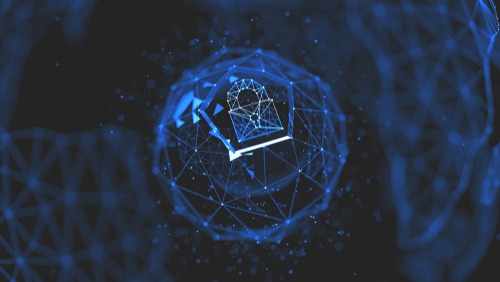
Successful commercialization greeted the U.S. Department of Energy’s Oak Ridge National Laboratory (ORNL) last week, as U2opia Technology purchased exclusive licensing to two of its technologies for advanced cybersecurity monitoring in real-time.
U2opia is a consortium of technology and administrative executives who have worked in industry and defense capacities. In this case, the licenses it purchased were for Situ, a system that identifies and visualizes suspicious behavior based on real-time cybersecurity data, and Heartbeat, a power measurement collection and analysis system that draws from hardware to detect malware. Both were developed by ORNL’s Cyber Resilience and Intelligence Division.
“Identifying and quickly responding to attempted cybersecurity attacks is an urgent need across government and industry,” said Susan Hubbard, deputy for science and technology at ORNL. “ORNL’s leadership in cyber resilience has led to the development of two powerful tools that will enable a more secure cyber environment.”
Situ was developed from years of research into and development of anomaly detection algorithms based on machine learning and probabilistic modeling, combining anomaly detection and data visualization to create a platform for rooting out suspicious behavior. Supposedly, it could help reduce huge volumes of network data to a more manageable number of events operators could investigate in more depth.
Meanwhile, the other product – Heartbeat – focuses on the physical behavior of the device being protected, collecting power trace measurements from it to deduce evidence of cyberattacks. ORNL promoted it as a malware-invisible, internet service interruption resilient, efficient, and scalable means of defense, with low computational requirements to boot.
U2opia will integrate these technologies into its own anomaly detection system to provide advanced security capabilities and an AI-informed visualization tool requiring limited human engagement.




